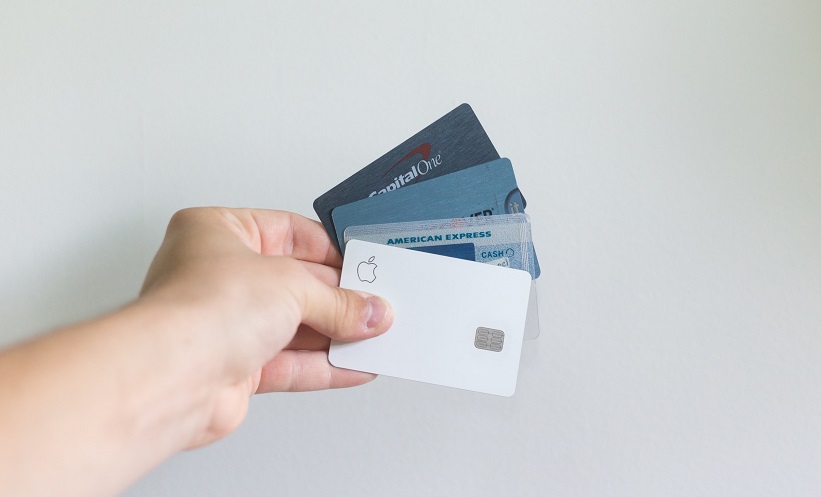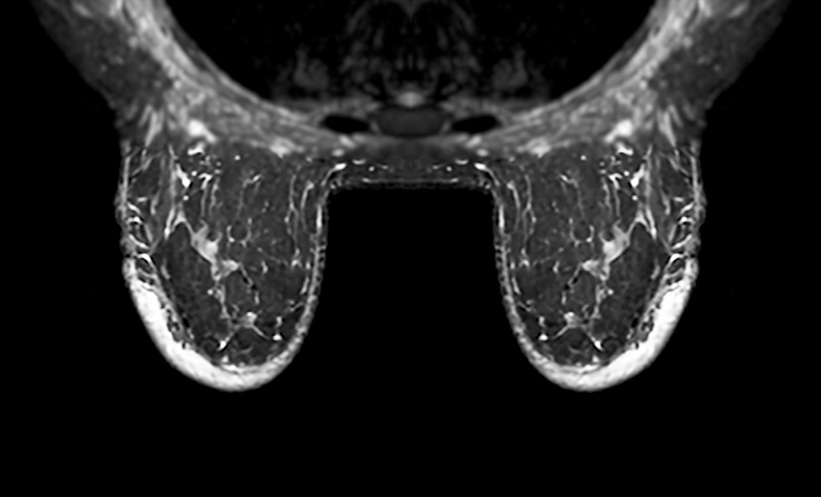INVASION and metastasis of tumour cells poses a significant challenge in cancer treatment; in the face of growing concerns, a team at the University of Toronto Faculty of Applied Science and Engineering, Toronto, Canada, set out to develop a tool that grows cancer cells outside of the human body to study and enhance the current understanding of breast cancer metastasis.
Presently, metastasis is studied in petri dishes or in whole animals, which is often costly, inefficient, or not representative of the human disease model. “An oversimplified system like cells in petri dishes doesn’t mimic what happens in the body, while in an animal model, it’s difficult to isolate and study parameters that govern the invasiveness of a cell,” quoted Dr Betty Li, lead author of the study.
Applying unique expertise in microfluidics, the research group aimed to create a tool that could identify new biomarkers and drugs to diagnose and treat cancer. The device is as small as a credit card and is made up of metal electrodes that selectively change the surface water-repellent properties, enabling the researchers to pinch off water droplets and form exact shapes.
“Our system gives us control over all the specific parameters that we want to look at, while allowing us to make structures that better resemble what happens to the body,” explained Dr Li. As a result, the team were able to study metastasis invasion at the detail of individual measurements such as speed and location.
Already, they have observed that even in the same cancer cell population, not all cells have the same invasive ability. Subsequently, the team have identified 244 genes that are differentially expressed between invasive and noninvasive cancer cells.
Dr Li and her colleagues are hoping that the tool can be used by other members of the oncology community to study processes such as tissue growth, differentiation, and repair.








